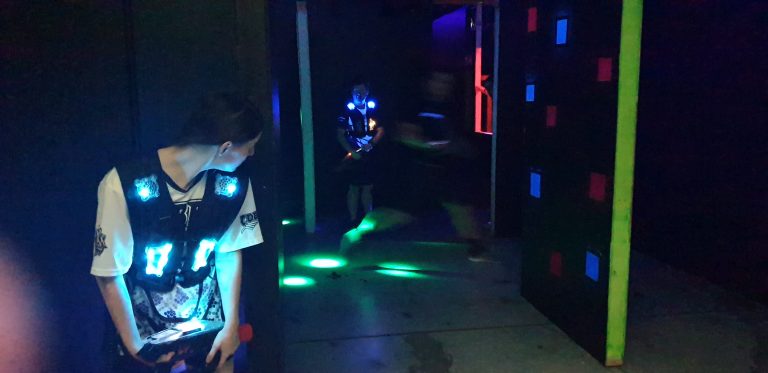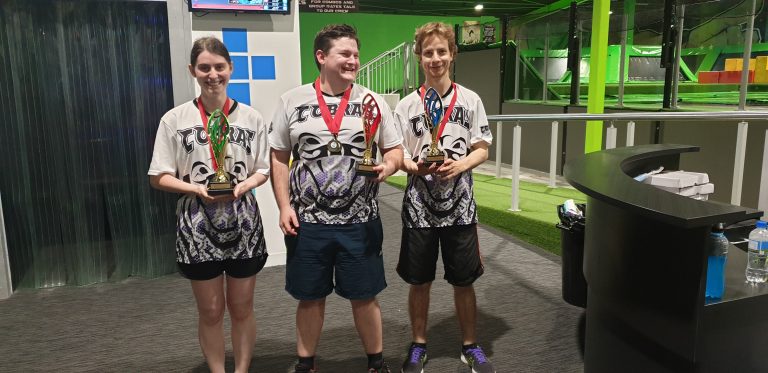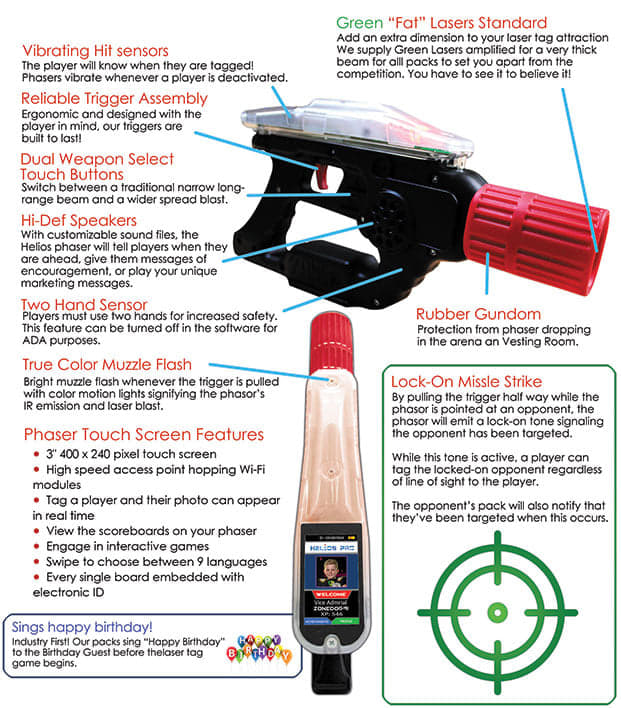Christchurch Post-Mortem
A quick write-up for an event we ran in Christchurch. For those not following along, this was a comp in a new maze with Helios packs. Most of the players attending have only ever played in one maze, and never on Helios. We also tried a few new things with the formats, held our first draft for team selection, and had prizes for individual performance across the event.
Christchurch arena
The maze is on the small side. One of the smallest I have been in but still big enough to run a competition. The bases need some work, but I find that you can normally run a small competition in a maze with the bases as is and you won’t start running into balance issues until near the end. The bases in Christchurch need a bit of work to improve the balance and playability. This might be difficult for the bases that are built on raised platforms, since getting the bases right may involve moving some ramps. They also need to work on the cross shots in the arena; there are too many long shots at base doors, with several spots able to control two or even three base doors from a long distance.
The maze worked great for team elimination, and in the standard team game it was good for the Dunedin players to experience a few new maze elements. This maze is much more suited to aggressive pushing and long farming type strategies than Dunedin. In our maze we have an upstairs area, but it’s not really used in competition, so getting sniped from upstairs was a new experience in competitive games for some of our players.

Triples elimination
We’ve been trying to get some sort of team elimination format going in New Zealand for a while now. This is the second triples elimination competition we’ve run in the past few weeks, and the first time playing elimination for most of the players at the tournament (including myself). This was one of the most fun formats I’ve ever tried. We played 8-minute games with 10 lives and set the timing to the new Worlds standard of 6/3/0.5. This allows for some awesome plays and very tactical decision-making. Every time you pull the trigger you have to consider the penalty of not being able to shoot for another two seconds. We played with 5 teams, but we could probably have put another team in and been fine. I think the trick is to balance the team number and arena size to make sure everyone starts under a little pressure. It’s likely we will see some version of this format make an appearance in the LSNZ Invites competition next year.

Timing
We were originally intending to use ZLTAC Helios timing since we’re currently in our training period for ZLTAC. However, when we arrived at the site we realised they didn’t have the latest update and were still on the “player patch” (the one PnC reversed for ZLTAC). We decided the best option was to use the trigger delay to match the Worlds settings. Although we’ve done extensive testing on the trigger delay previously, I’ve never played a competition with these settings so it was awesome getting a chance to try it out in the real world. My experience is that it is somewhere between Helios and Nexus. It’s still much easier to spawn than on Nexus, but without being so overwhelmingly easy that the deactivate player almost has an advantage. It rewards the positional play that Nexus encourages, but still allows the Helios style of dueling for position when maneuvering isn’t possible. There also seemed to be a lot less doubles. This is by far my favourite timing that I’ve played on. Better than both Helios and Nexus.

Individual trophies
We gave each player victory points for their performance in each event, and then awarded trophies to the top three players overall. This was a cool idea and I think it added to the enjoyment of the tournament. I think we got the weighting of each event pretty close but it might need some tweaking. My only complaint is that it’s possible to get into the scenario where the individual trophy can interfere with the other events. For example, I could have picked up third place (instead of my fourth) individually by throwing the final team game. This issue might solve itself in bigger competitions, or if it was less clear how the ladder was shaping up.

See results between games
We only had three teams, so we didn’t run a grand final or anything. Instead we ran a six-game double round robin (ranked on VP) and let everyone see the scores between games. From the fourth game onward, we had people playing for second or other objectives besides winning, and even had a team losing on purpose in the last game. I think showing the results between games was a mistake overall. It might have been OK with average score, since it’s always theoretically possible to catch up, but with VP ranking you can quickly get to the point where you can’t win and start going for second.
Scores on guns
We showed scores on the weapon in all events. In elimination (which my team won) it definitely allowed us to play safely, being confident in our position. It was nice knowing we didn’t have to push when we didn’t need to, but I wonder if overall this improves the event or not. vDark still managed to pointlessly suicide in one of the games.
We showed the scores during teams. I hated it. It was very awkward trying to combine the normal knowledge I use (who has what bases, who has been farming, whose been denied) with the absolute knowledge in the scores. I also hated the experience of knowing we were winning and watching the win slip away in the last seconds. Once again, it might improve the game overall but my personal experience showing the scores was unpleasant. The main thing I was concerned about with showing scores is a team knowing they have won and trying to manipulate second and third, but I don’t think we saw any examples of this.
In solos I didn’t really look at my phasor until right before the game ended, so I knew my rank about 30 seconds earlier than I would have if I just waited for the scoreboard. It didn’t really effect the game for me but might have if I was in the habit of checking it.

Draft
Instead of using player ranks or some other system, we had the current winners on our solo ladder pick teams for the event using captain’s pick. We had three A players (the next highest was C), so we made a rule that A players would have to end out on different teams. We didn’t need this rule since the A players were all top of the solo ladder at this point. Overall, this seemed like a pretty good way to make teams, and a good way to get players to mix it up and team up with people they wouldn’t normally play with. The event was fairly balanced, with no team dominating the results too much.

Next time
We actually had a Christchurch player compete (and win some medals) in our events, so hopefully we will see some growth in the competitive scene in Christchurch over the next few months. Christchurch is a great location for our scene overall, being close enough for Dunedin to drive to and much cheaper for Auckland to fly to. We might see some bigger events hosted there over the next year.
